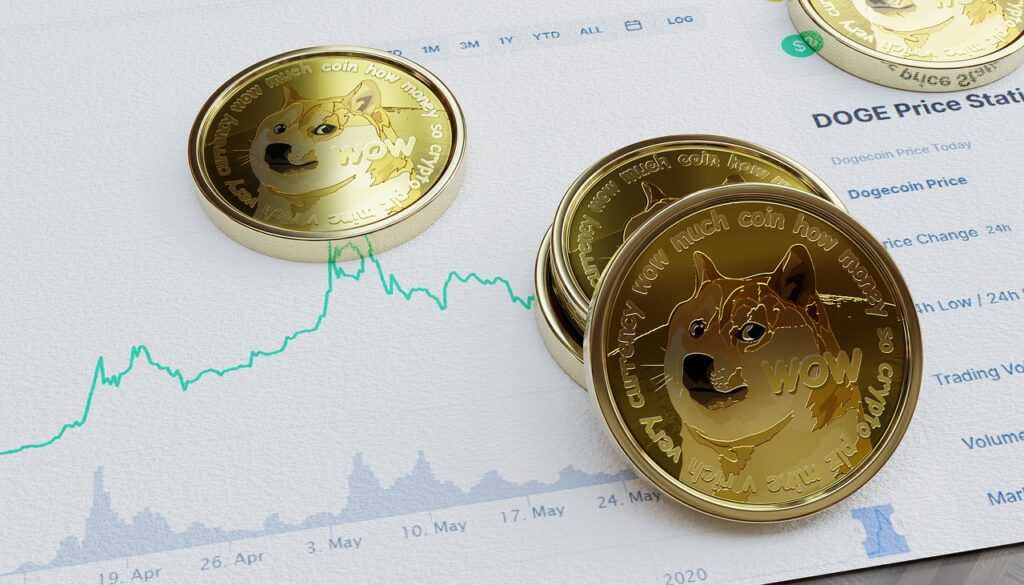What Is 84959700164?
To understand any complex system, you first need to understand the parts. 84959700164 could belong to a range of identifiers, from a mobile subscriber identity to a parcel tracking number. Such numbers are typically generated by algorithms designed for uniqueness and compatibility within a system.
Take telecommunications, for instance. Mobile and landline systems across the globe often assign unique identifiers to devices and transactions. This enables efficient routing, error tracing, and performance monitoring. If the number 84959700164 were logged in a call detail record, a technician could trace when and where a call was made, its duration, and quality.
Numbers like these also play a vital role in things like device diagnostics, logistics chains, product batches, and even API requests in software platforms. You’ve probably come across something similar in your email confirmations, shipping updates, or WiFi debugging tools.
Where Numbers Like 84959700164 Come From
These numbers aren’t random. They’re usually generated using patterns or algorithms that ensure they’re unique and meaningful.
There are three common types:
- Sequential Identifiers: Simple counters. Each new item gets the next number. Easy to implement but not very secure or scalable.
- Timebased Codes: These often embed timestamp data. A portion of the code may reflect the year, month, or even millisecond of generation.
- Hashed or Encoded Numbers: These use hash functions to produce short, unique values from larger data sets. QR codes and secure URLs often use this method.
When you see a number like 84959700164, you’re likely seeing a value generated under one of these schemes, built for machine readability and traceability.
Why These Numbers Matter
In everyday operations, numbers like 84959700164 are essential. Think of them as keys in a lock—without them, systems can’t verify, retrieve, or control data efficiently. Here’s why they’re crucial:
Traceability: If something breaks, numbers allow you to track the problem to its root. Security: Unique IDs prevent confusion or collision between transactions, users, or data sets. Automation: Systems don’t have time for ambiguity. A number is faster and more reliable than names or labels. Scalability: As users and data grow, consistent identifiers keep everything organized.
Imagine trying to ship millions of packages daily without tracking numbers. You’d lose everything in the noise. The same goes for digital systems.
RealWorld Use Cases
Let’s walk through some actual use cases where identifiers like 84959700164 play a role:
Logistics & Shipments
In shipping warehouses, every product gets an SKU or shipment ID. Without them, items vanish into chaos. When you receive that “Your package is on the way” message, it’s all powered by numerical IDs like this. They’re scanned, tracked, and updated at each point of the shipping journey.
Telecom & Networking
Carrier companies use identifiers to manage calls and data connections. They track dropped calls, tower handoffs, data bandwidth usage—all via logs keyed by numbers like 84959700164.
App Development
APIs and databases often assign unique IDs to each item, transaction, or user. It’s how software pulls the right profile when you log in or adds your order to the system. These numeric identifiers are critical in linking data relationships behind the interface.
Medical Systems
Healthcare providers store patient records, prescriptions, and test results under unique identifiers. While most people receive alphanumeric patient codes, labs and devices in the background use raw numbers for faster processing.
Challenges and Misconceptions
Many assume long numbers like 84959700164 are meaningless. They’re not. In most systems, they’re the backbone. But managing them isn’t without challenges. Here’s what trips people up:
No builtin meaning: Unless you have access to the system that generated them, the numbers seem opaque. Collision risk: Poorly designed number generation systems can accidentally issue duplicates, leading to serious errors. Limited readability: Humans struggle with long codes. UX designers usually hide these behind friendly names or visuals. Security concerns: If hackers get access to identifiers, especially in finance or healthcare, they can cause real damage.
Best Practices for Working with These Codes
If you’re designing systems that rely on numerical identifiers, don’t wing it. Follow these best practices:
Always ensure uniqueness across the scope of your system. Keep length manageable—machines may handle 20 digits, but shorter is better when possible. Add checksums or validation logic if accuracy is critical. Mask or encrypt sensitive IDs when displaying to users.
And if you’re trying to decode a number like 84959700164, make sure you’re accessing the backend system that created it. Without that, it’s just noise.
Conclusion
Numbers like 84959700164 quietly make the digital world run smoothly. From packages and products to calls and code, they anchor our modern infrastructure. They’re not flashy, but they are precise, efficient, and essential. So next time you come across a long string of digits, know there’s likely a logical system behind it—and a team counting on it to do its job.




